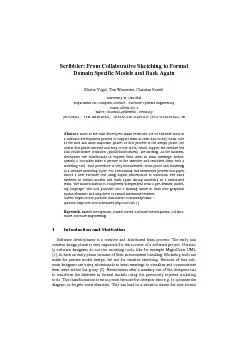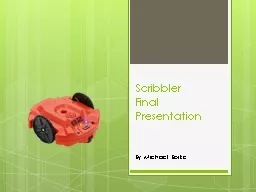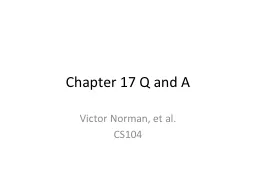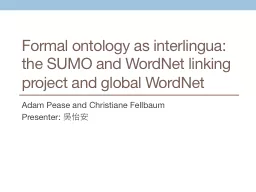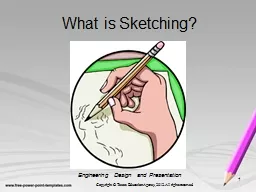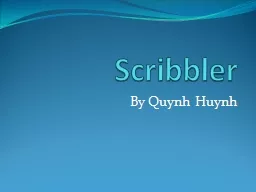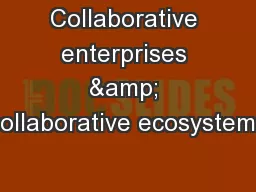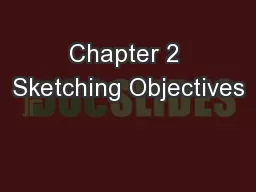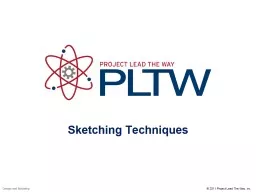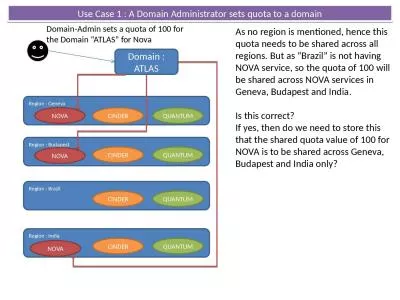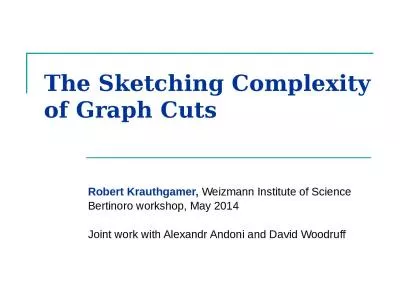PDF-Scribbler: From Collaborative Sketching to Formal Domain Specific Mode
Author : conchita-marotz | Published Date : 2017-11-27
diagram cannot be recognized anymoreby the other team members because of it changed appearanceAnother widely known problem in this domain describes that everybody
Presentation Embed Code
Download Presentation
Download Presentation The PPT/PDF document "Scribbler: From Collaborative Sketching ..." is the property of its rightful owner. Permission is granted to download and print the materials on this website for personal, non-commercial use only, and to display it on your personal computer provided you do not modify the materials and that you retain all copyright notices contained in the materials. By downloading content from our website, you accept the terms of this agreement.
Scribbler: From Collaborative Sketching to Formal Domain Specific Mode: Transcript
Download Rules Of Document
"Scribbler: From Collaborative Sketching to Formal Domain Specific Mode"The content belongs to its owner. You may download and print it for personal use, without modification, and keep all copyright notices. By downloading, you agree to these terms.
Related Documents

